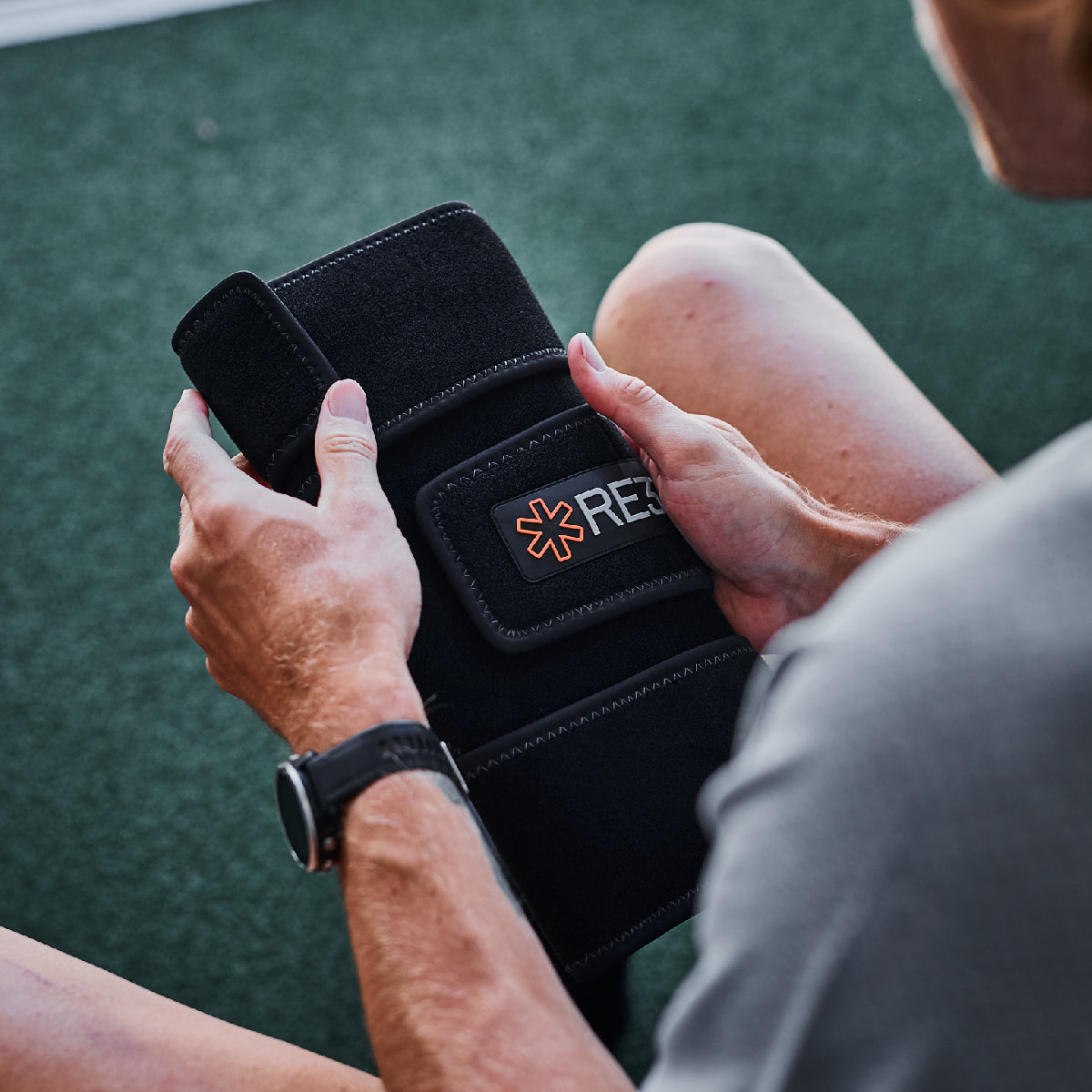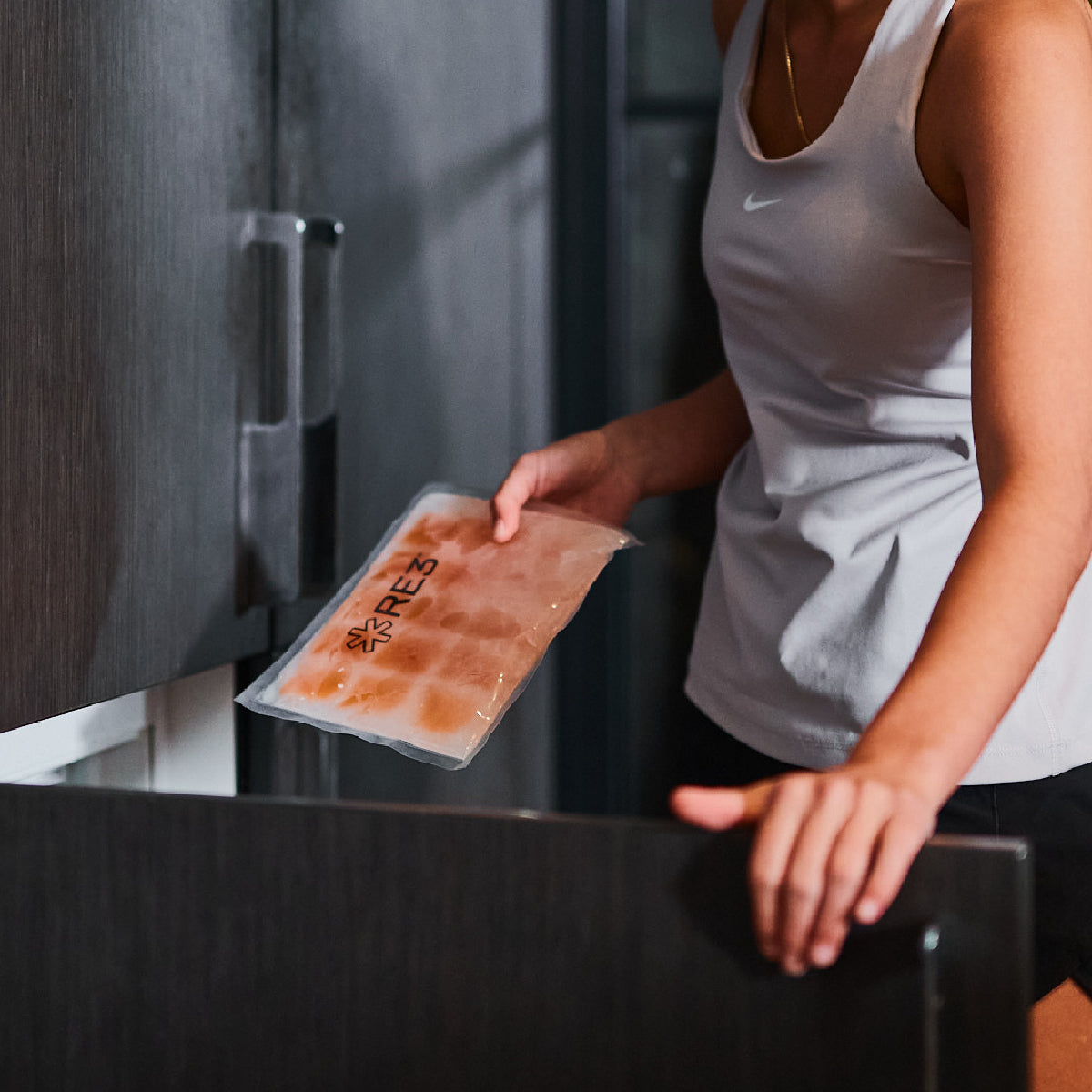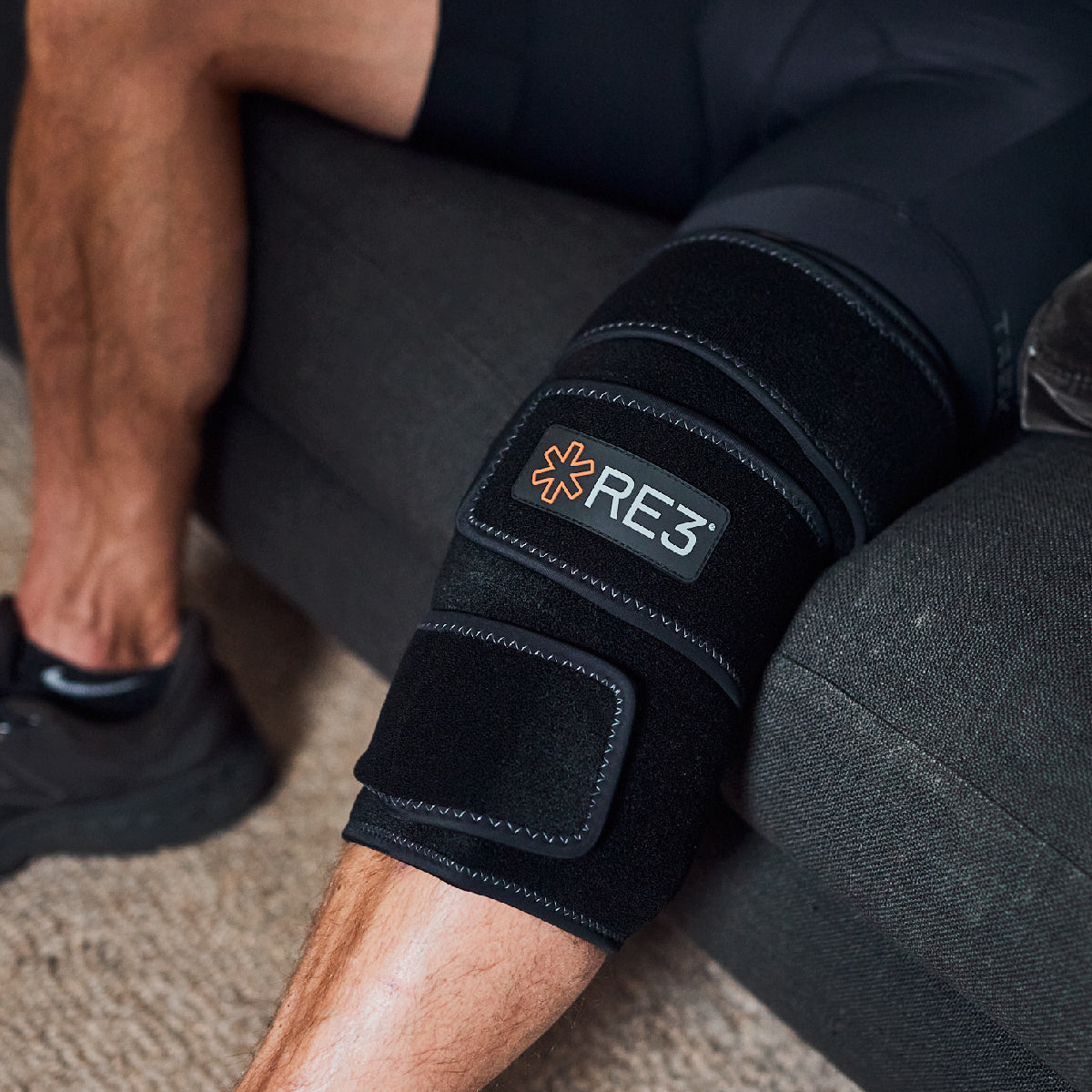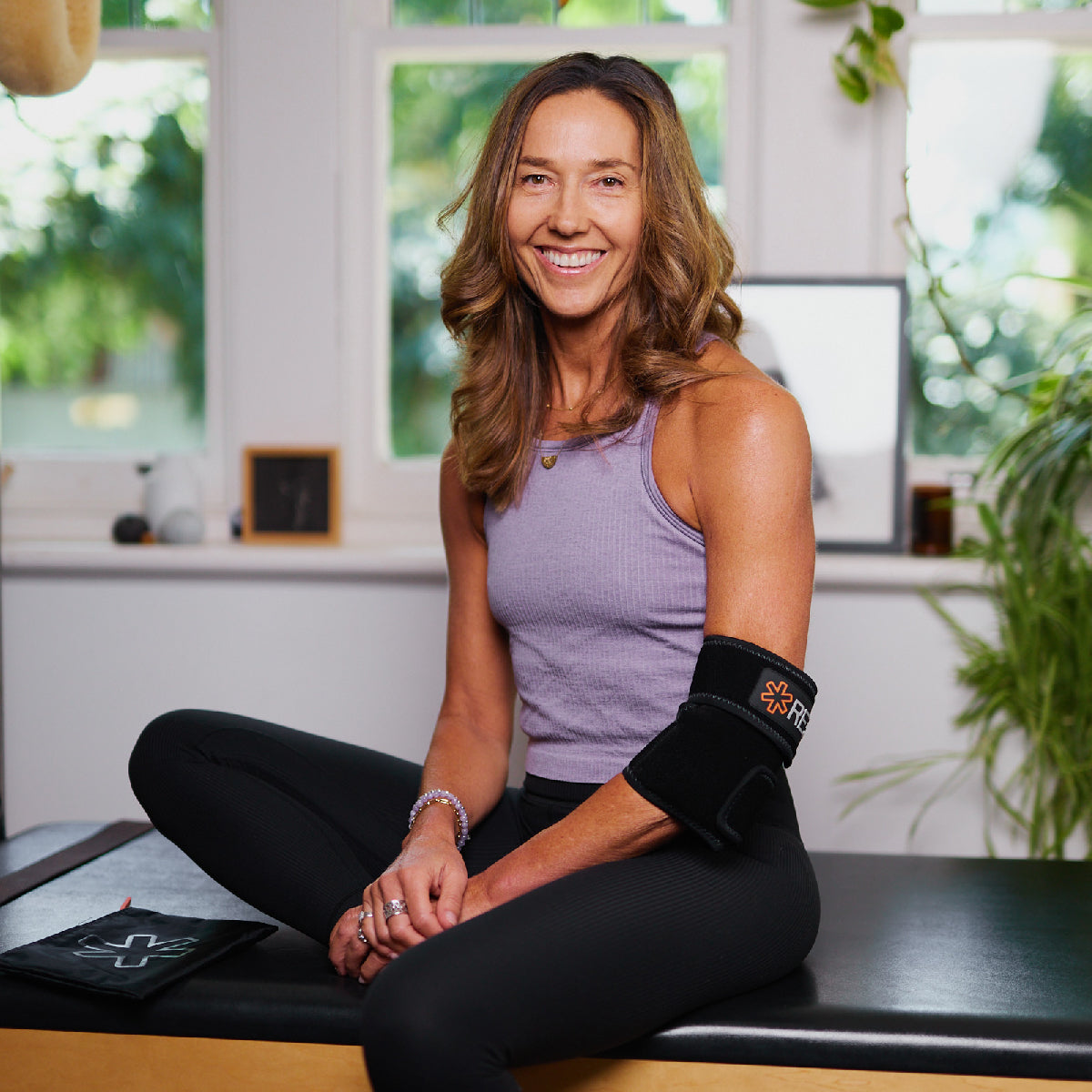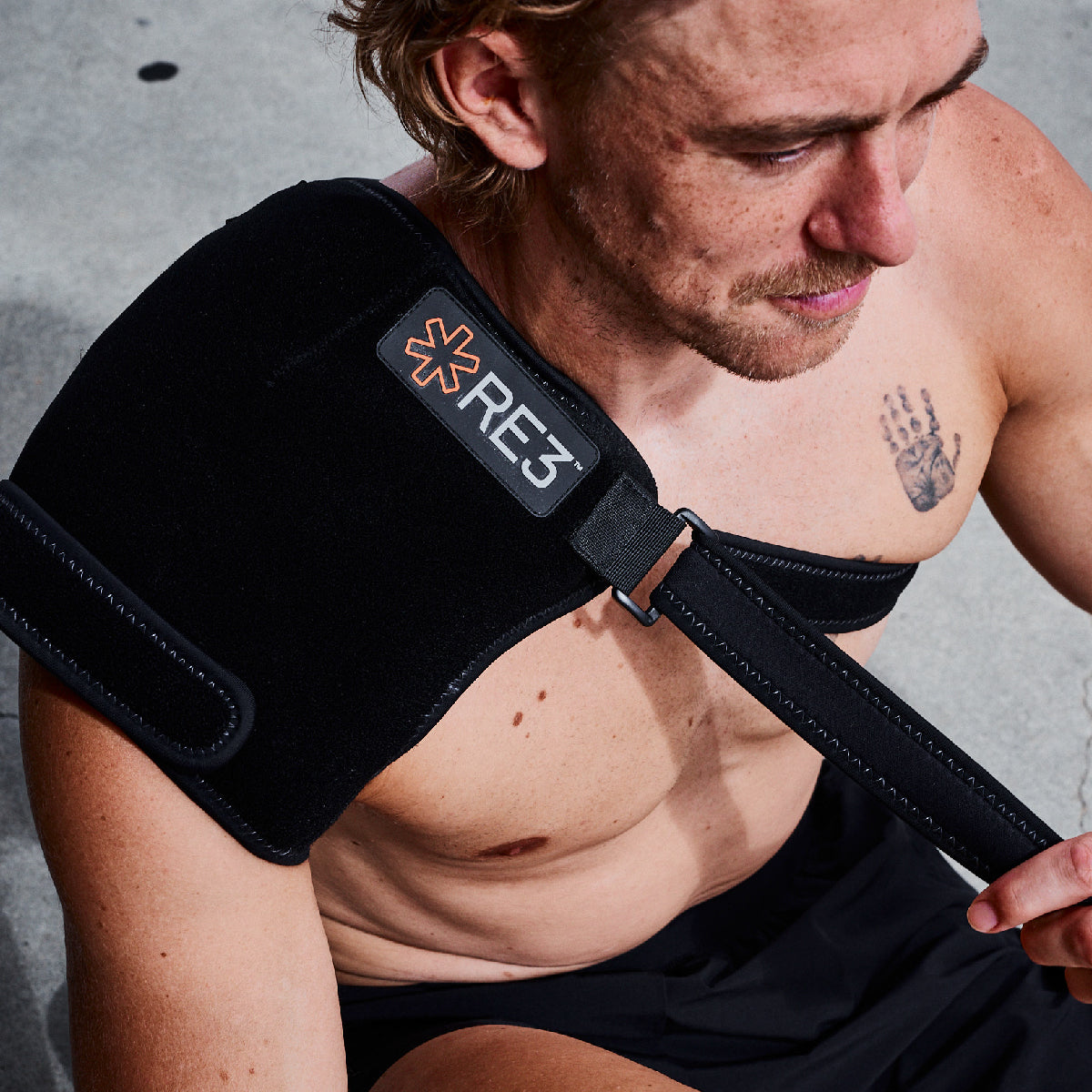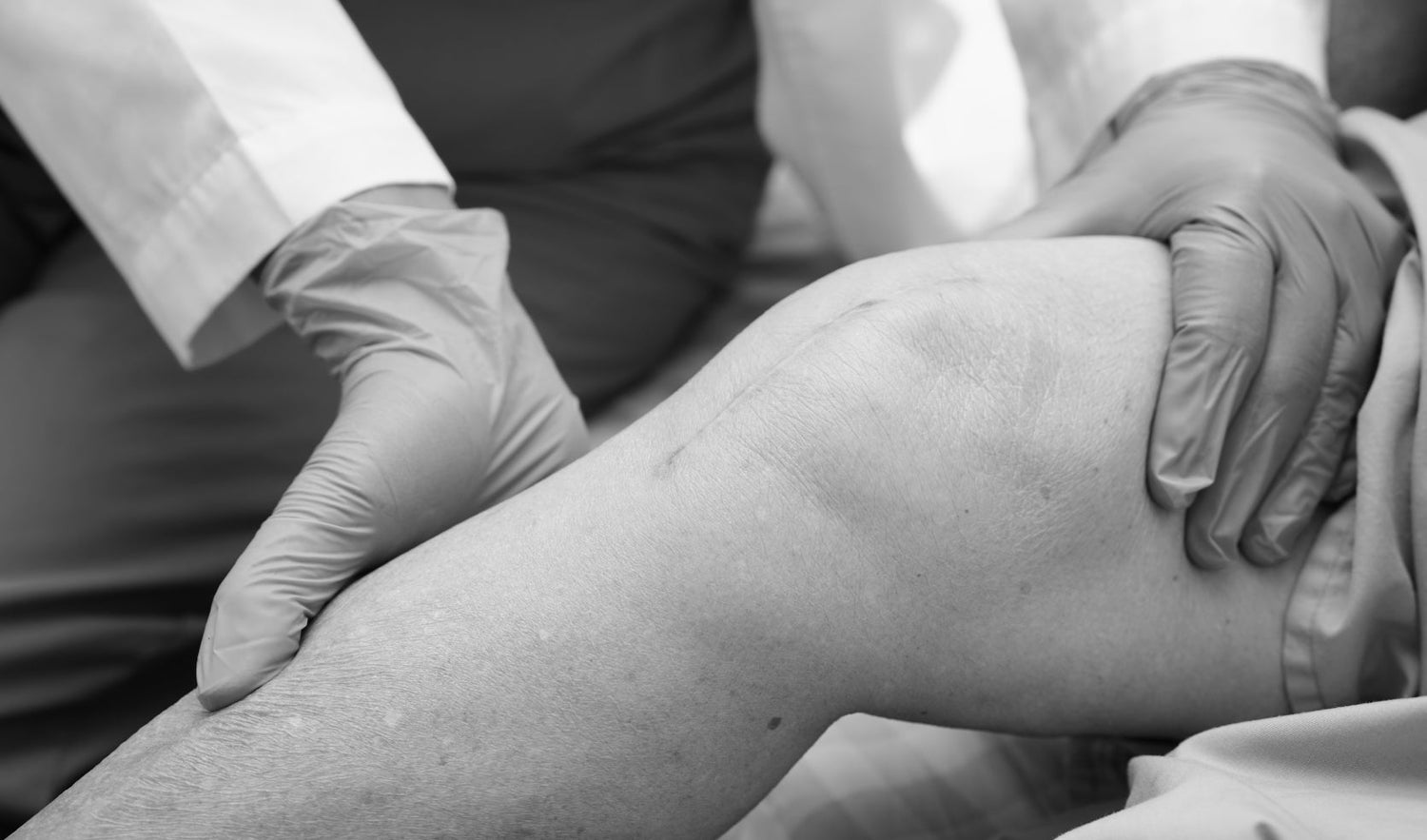Why September Is Surgery Season
Spring in Australia doesn’t just bring warmer days, it also marks a surprising peak in elective surgeries. Whether it’s a knee replacement, hip resurfacing, or tendon repair, thousands of Australians choose this season to finally go under the knife.
But why now? And how should you actually choose the best time for surgery?
Here’s what you need to know to plan your procedure with fewer hiccups, especially if you're relying on private health, balancing work leave, or prepping for a smooth recovery at home.
Table of Contents:

IMAGE: Dr Sam Shales - BBioMedSc, MBBS, FRACS (Ortho), FAOrthA - Surgeon at RE3 Stockist Perth Orthopaedic & Sports Medicine Centre
Spring (September-November)
It’s no coincidence that hospitals and surgeons see a rise in bookings around September. Here’s why:
- Private Health Deadlines: Many Aussies hit their 12-month waiting period mark or want to use their extras before they reset in January.
- Better Conditions for Recovery: Days are longer, temperatures are mild, and you’re not freezing while icing or changing dressings.
- Comfortable Clothing: Shorts and lighter clothing make post-op dressings and icing (especially for knees or shoulders) much easier to manage.
- Easier Mobility: Swelling tends to settle faster in warmer weather, and there’s less chance of catching colds or flu during rehab.
Perfect if you want to be up and about for Christmas or summer holidays to enjoy the period with family and friends.

IMAGE: Professional Rugby Player Nic Dolly - Western Force Hooker - Recovering after knee surgery
Summer (December-February)
While hot weather isn’t ideal for recovery, summer does offer a few surprising upsides, especially if you're strategic.
Pros:
-
School holidays and quieter work schedules mean more flexibility.
-
You can rehab outdoors thanks to longer daylight hours.
-
Swimming (once cleared) becomes an option for gentle movement.
Challenges:
-
Heat can worsen swelling and cause cooling packs to warm quickly.
-
Sweating under braces or dressings can increase infection risk.
-
Aircon and fans dry out skin around wounds or scars.
Tips:
-
Choose breathable, hypoallergenic dressings.
-
Ice smarter: use cold-compression systems like RE3 with longer cooling time and easy on/off design.
-
Plan your rehab sessions for early mornings or evenings when it’s cooler.
Best for those with flexible schedules and access to cool recovery spaces.

IMAGE: RE3 Ice Compression Pack for Mess-free Icing after knee surgery
Autumn (March-May)
If spring’s fully booked or you’re not ready just yet, autumn is a great fallback:
- Mild temps = less swelling, less sweating.
- Fewer viral bugs in the air compared to winter.
- Perfect for outdoor walks or low-impact rehab as part of your routine.
Also a smart option if you want to recover quietly before winter sets in.

IMAGE: Stretching in preparation for Surgery - gain back mobility faster with RE3 Compression
Winter (June-August)
Winter can be a tough time for surgery, but sometimes it's unavoidable.
Challenges:
- Colder weather often leads to stiff joints, increased pain, and slower swelling reduction.
- Rainy or icy conditions make getting to hospital or physio harder.
- You may be more susceptible to colds and flu, which can delay recovery.
Tips:
- Dress in layers for easier dressing changes indoors.
- Use heating pads or warm showers (with clearance) to stay limber.
- Stay active indoors with physio-approved home exercises.
- Combine cold compression with elevation and rest, especially in the evenings.
If you're booked in over winter, take extra care with hygiene and warmth.
Other Factors to Time Around
- Humidity: High humidity (esp. in QLD/NSW) can make wearing braces or dressings feel clammy. Air-con helps, but plan accordingly.
- Flu season: June–August often comes with a spike in illness. Post-op infections or delays are more common.
- Clinic Availability: Public holidays (Easter, Christmas, long weekends) often limit staff and physio access.
- Annual Leave & Work Cover: If you’re using leave or workers comp, match your recovery timeline to availability and policy cut-offs.
Final Tip: Plan Your Recovery Like You Plan the Surgery
Booking your surgery is only half the story. Your recovery environment, from your fridge to your freezer, from your couch to your mobility plan, is just as important.
Spring gives you the best shot at a smooth run, but whatever the season, the key is preparation. Get support systems in place, stock up on essentials like compression, and map out a timeline that suits your lifestyle.
And remember, pain doesn’t wait for perfect weather. But with the right tools and timing, you’ll bounce back better than ever.
Prepare For Your Knee Surgery Today
Whether you're icing your knee, shoulder, or ankle, RE3 helps thousands of Australians recover faster, more comfortably, with longer-lasting cold and zero mess.
